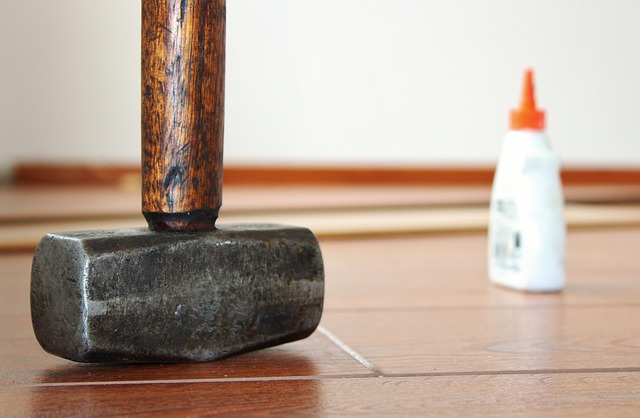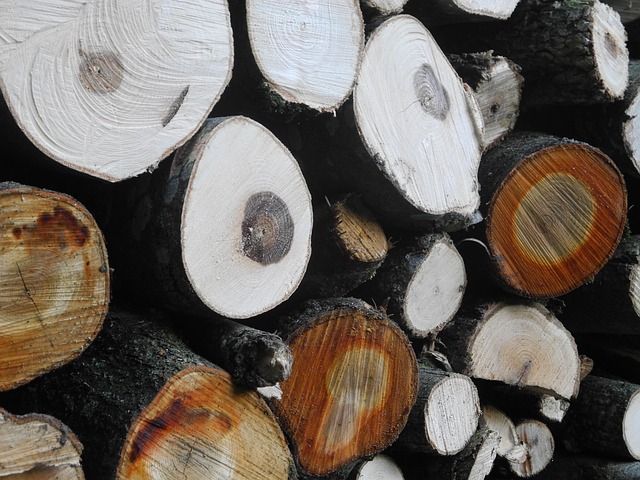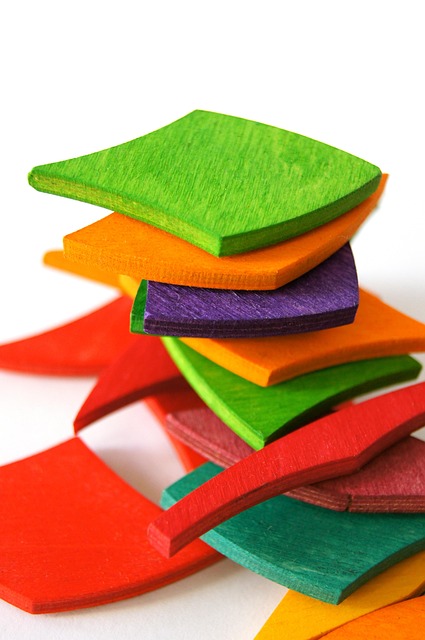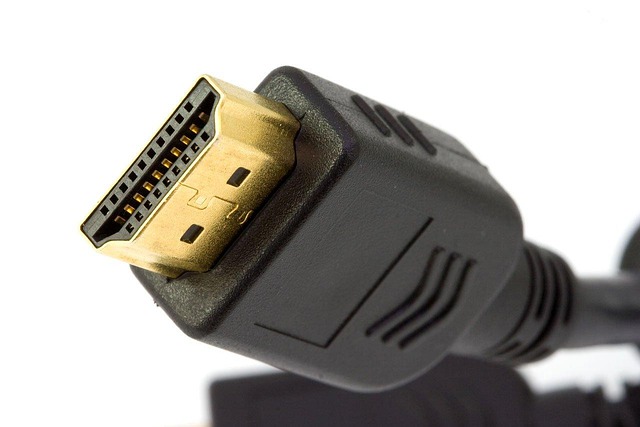Glue laminated beams (GLBs), engineered from bonded wood layers with strong glue, offer superior strength and stability for residential and commercial use. While traditional GLBs face issues like weakness at glue lines, UlaLam provides innovative alternatives using advanced materials and adhesives to enhance durability and reduce environmental impact. Cost-effective, sustainable glulam solutions maintain structural integrity, outperforming cross-laminated timber, with applications in both construction sectors.
In today’s construction landscape, glue laminated beams are renowned for their structural integrity and strength. However, their cost can be prohibitive. This article explores inexpensive alternatives to traditional glue laminated beams, delving into innovative materials and techniques that maintain structural integrity while reducing costs. By understanding the challenges of conventional glued lamination, we uncover sustainable solutions that promise to revolutionize budget-friendly construction without compromising quality or safety.
- Understanding Glue Laminated Beams: Definition and Function
- Common Challenges with Traditional Glued Lamination
- Inexpensive Alternatives: Innovative Materials and Techniques
- Structural Integrity and Sustainability in Budget-Friendly Solutions
Understanding Glue Laminated Beams: Definition and Function

Glue laminated beams, also known as GLB, are engineered wooden components created by gluing together multiple layers of lumber in a cross-oriented pattern. This construction enhances structural strength and stability, making them ideal for various building applications. Each layer, or lamina, is bonded to adjacent layers with strong wood glue, creating a solid, uniform beam capable of supporting significant loads.
GLBs are primarily used in both residential and commercial projects, offering an affordable alternative to conventional steel beams. They excel in long-term care for glued wooden structures, ensuring structural integrity over time. When compared to cross-laminated timber (CLT), GLBs provide a more straightforward and cost-effective solution for many construction needs. For all your glue laminated beam needs and alternatives, give us a call at (607) 369-9341.
Common Challenges with Traditional Glued Lamination

Traditional glued lamination, while a common method for creating strong and durable wood structures, comes with several inherent challenges that can impact its long-term care and environmental sustainability. One of the primary issues is the potential weakness at the glue line, which can be susceptible to stress and strain, especially in structural applications like glued wooden beams. These glue lines are often less robust than the surrounding wood fibers, making them vulnerable to cracking or delaminating under heavy loads or adverse environmental conditions.
Additionally, the production process involves significant amounts of adhesive, leading to concerns about the environmental impact of glue laminated wood. The long-term care for glued wooden structures also requires regular maintenance and monitoring to ensure structural integrity, which can be a complex and costly endeavor. At UlaLam (find us at unalam.com), we are dedicated to offering innovative alternatives that address these challenges, providing stronger, more sustainable solutions for various applications of glued wooden beams without compromising on quality or durability.
Inexpensive Alternatives: Innovative Materials and Techniques

In the realm of construction, Glue Laminated Beams (GLB) have long been recognized for their strength and structural integrity. However, as building materials evolve, so do cost-effective alternatives. The pursuit of inexpensive yet reliable GLB alternatives has sparked innovative materials and techniques that are reshaping the industry. These advancements aim to preserve the structural advantages of traditional GLBs while reducing material costs, making them an attractive option for both commercial and residential projects.
The latest advancements in glue lamination technology focus on enhancing bonding strength and durability, ensuring the preserving integrity of glue laminated components. Innovations like composite laminates, fiber-reinforced composites, and advanced adhesive formulations are leading the charge. For instance, visit us at 18 Clifton St, Unadilla, NY 13849 anytime to explore these breakthroughs. These alternative materials often meet or exceed residential building code requirements for glue lam, offering builders and homeowners a sustainable and cost-efficient structural solution.
Structural Integrity and Sustainability in Budget-Friendly Solutions

In the realm of construction and engineering, structural integrity is paramount, especially when considering cost-effective alternatives to traditional methods. Glue laminated beams, also known as glulam, have emerged as a powerful option that combines strength and sustainability. This innovative material, created through the glue lamination process for beams, offers an affordable solution without compromising structural soundness. By binding multiple layers of wood laminates with high-strength adhesives, glulam retains superior compressive and shear strength, making it a viable alternative to steel I-beams in various applications.
When exploring budget-friendly options, understanding the factors affecting glue laminated beam design is crucial. The choice of wood species, lamination techniques, and loading conditions all play significant roles in determining the structural integrity of glulam. Despite these considerations, glue laminated beams present numerous environmental advantages over steel I-beams, including reduced material waste and lower carbon footprints. For those seeking sustainable construction solutions, glulam provides a compelling case, backed by decades of successful use in both commercial and residential projects. Give us a call at (607) 369-9341 to explore how these modern alternatives can enhance your project’s structural integrity while aligning with sustainability goals.
In light of the challenges associated with traditional glue laminated beams, exploring budget-friendly alternatives is a sensible step towards structural innovation. The article has delved into various inexpensive options that offer both structural integrity and sustainability. From innovative materials to advanced lamination techniques, these alternatives redefine what’s possible in affordable construction solutions. Understanding the definition and function of glue laminated beams as outlined in this article will help architects, engineers, and builders make informed decisions when choosing suitable materials for their projects.














